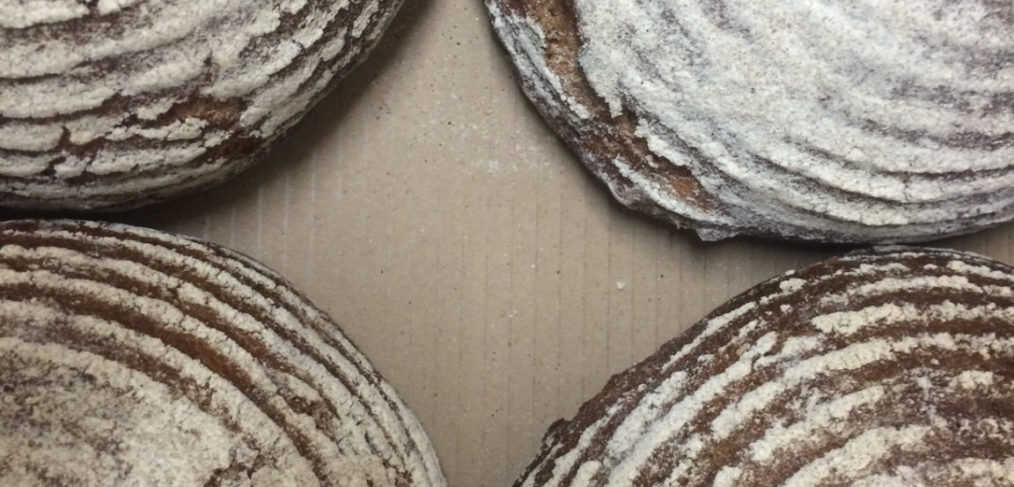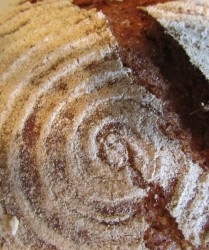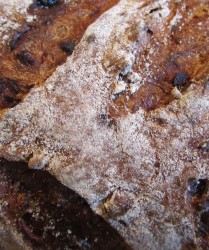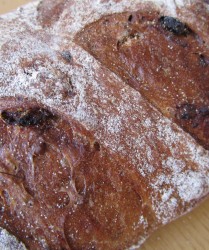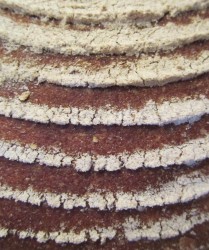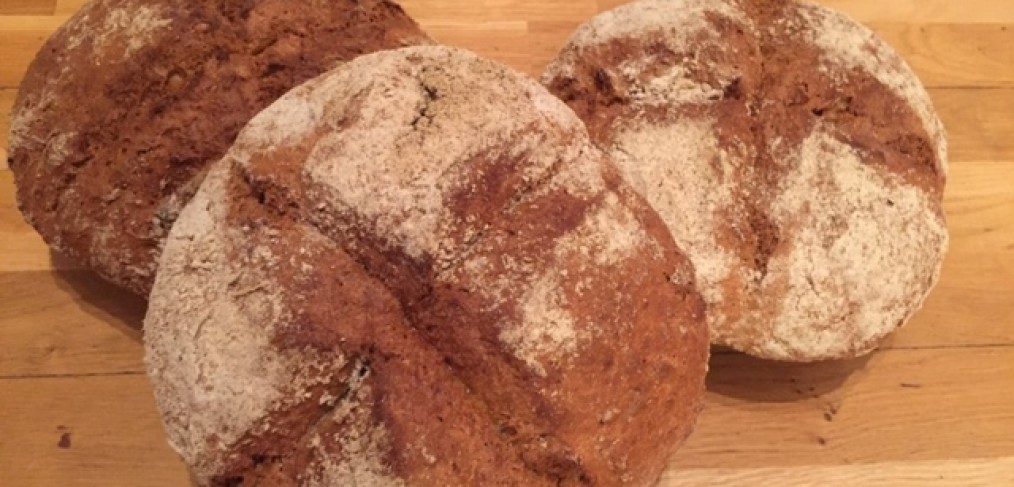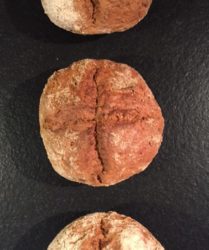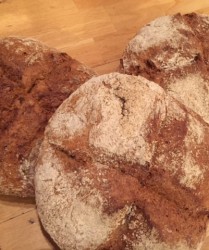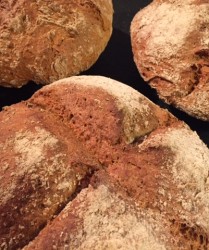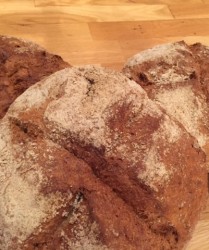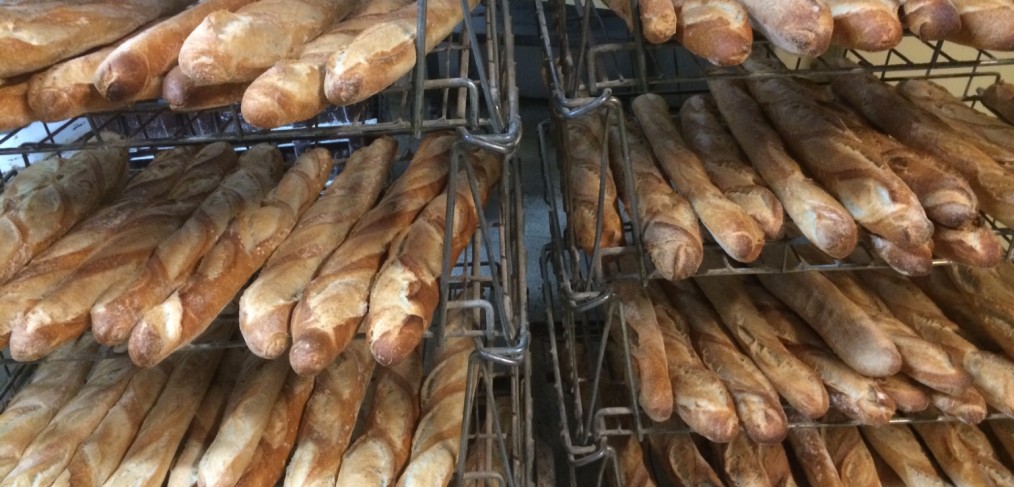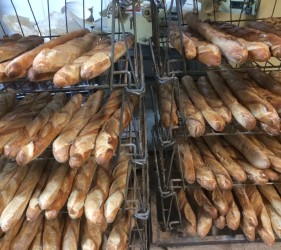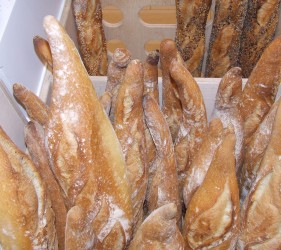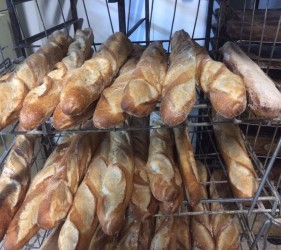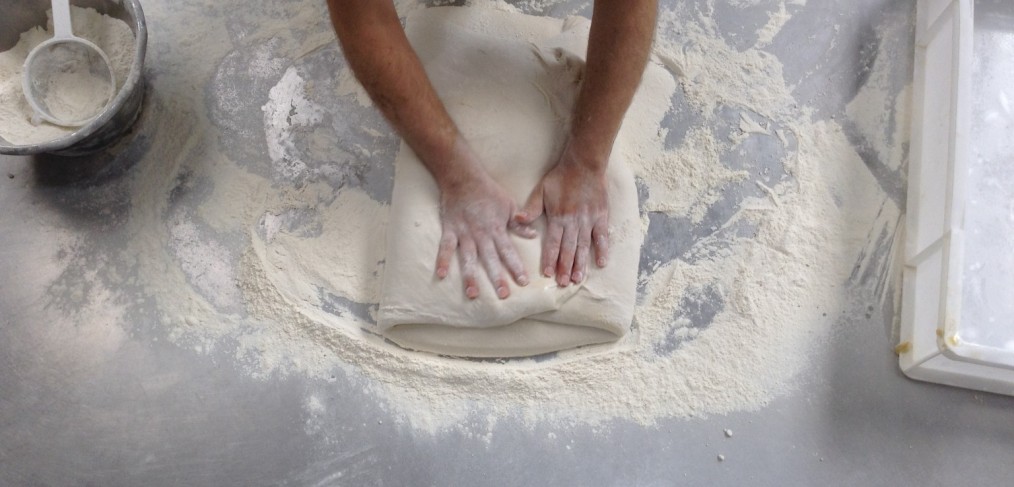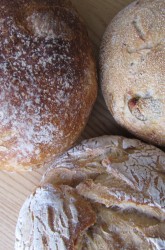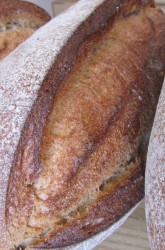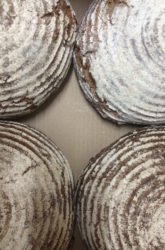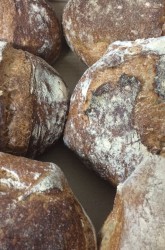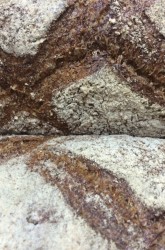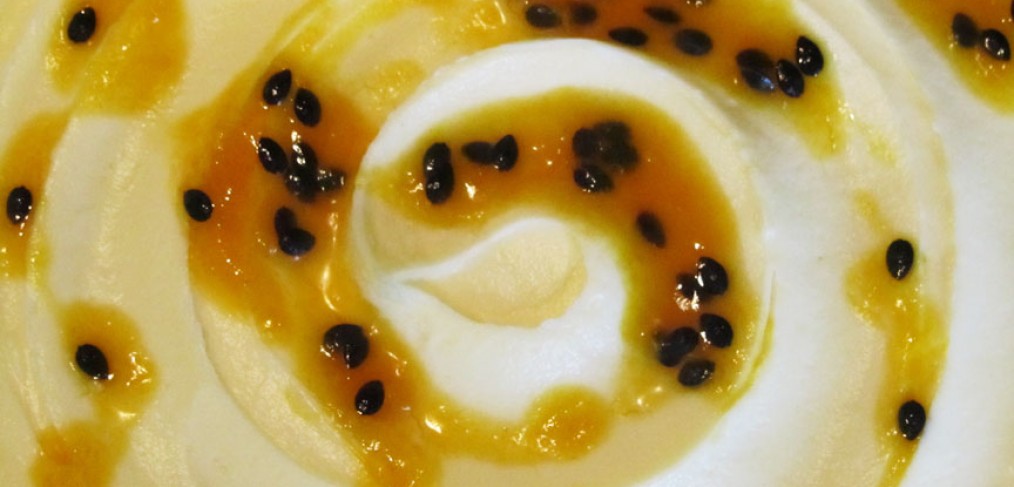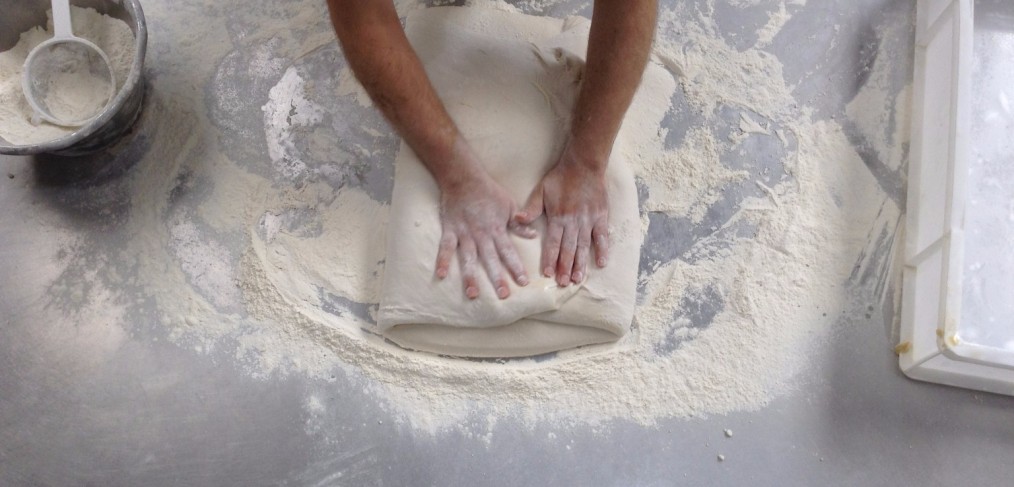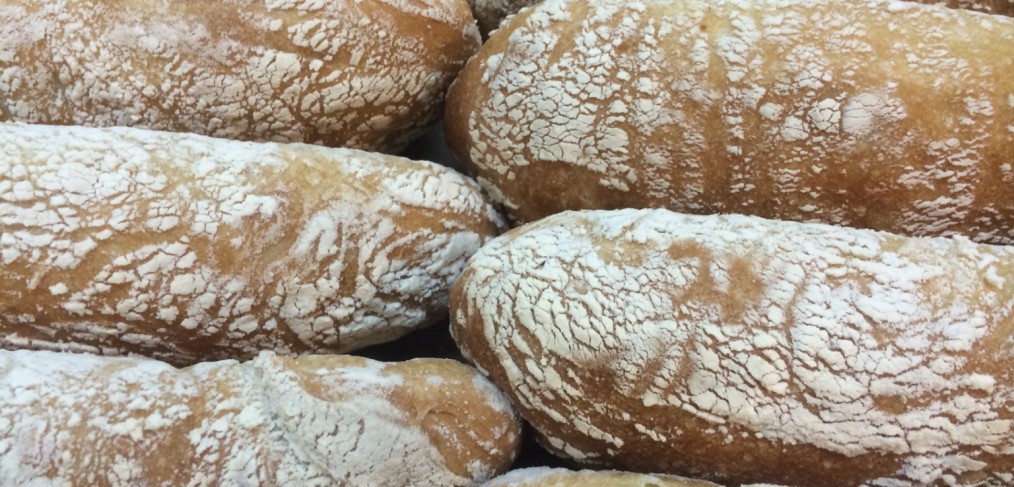The word ‘Focaccia’ is derived from the Latin word “focus”, or hearth (which means in itself: the floor of a fireplace/the base or lower part of a furnace).
As one of the most popular types of bread in and from Italy, focaccia bread has a long history that reaches distant times of early Ancient Greek culture and Etruscans who lived in North Central Italy before the formation of the Roman Empire.
Focaccia is yeasted flat bread which belongs essentially to the northern shores of the Mediterranean. Early versions were cooked on the hearth of a hot fire or on a heated tile. Skilled bakers often punctured the great with their knife to prevent the appearance of big large bubbles on the surface of the bread. In other cases, they used needles and dotted the bread in regular patterns and at times, using the handle of their utensil.
One of the most essential ingredients is olive oil – which is added to the top of the dough to preserve the bread’s moisture after being cooked. The bread is topped with spices, olive oil and other products.
In the 20th century Italian immigrants to the United States brought with them recipes for pizza, bruschetta, grissini, and of course focaccia. Throughout time, the bread gradually morphed into one of the most famous Italian meals – pizza.
The ingredients of focaccia bread includes but isn’t limited to olive oil, rosemary, sage, garlic, onion and cheese toppings – and ultimately depends on preference. It could also be made sweet with addition of honey, eggs, sugar, lemon/orange peelings or raisins.
With a wide variety of seasonings, focaccia bread makes a very tasty sandwich bread, and is frequently served with cheese and ham fillings. The beloved focaccia can now be found internationally under different names and recipes (in France it is called “fougasse”, in Argentina “fugazza”, and in Spain “hogaza”). But still it’s origins and traditional methods remain preserved and passed on.
Provide your customers with the artisan experience – Are you a cafe, venue or restaurant looking for a local supplier of fresh baked ciabatta, sourdough and other artisan breads? Dolce Forno delivers freshly baked artisan breads and pastries within Hertfordshire, St Albans, Surrey, Berkshire, London and Buckinghamshire.
Call our team at Dolce Forno Breads on 01727 762 456 or alternatively email contact@dolceforno.co.uk to find out more about our craft artisan bakery and breads delivery services.

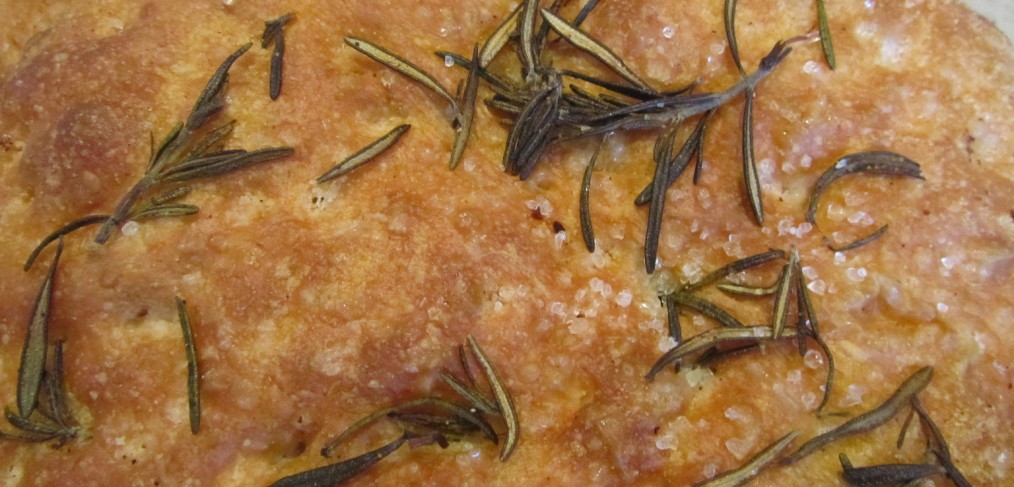
![Artisan Bread [acf field="location"]](https://www.dolceforno-breads.co.uk/wp-content/uploads/2016/10/IMG_8177-1014x487.jpg)
